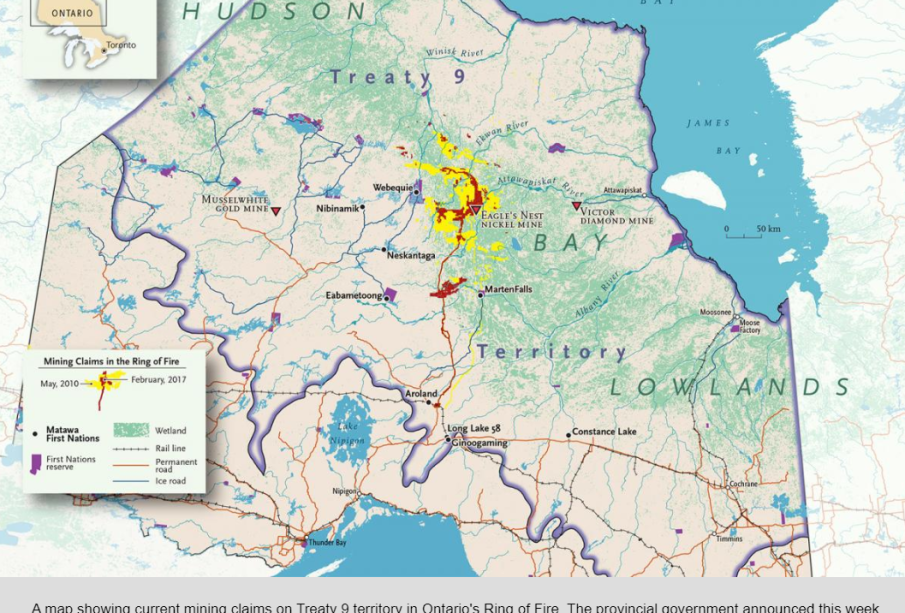The Ring of Fire: Ontario’s Mineral Exploration Hub

Introduction
The Ring of Fire, located in the James Bay Lowlands of Northern Ontario, is a significant mineral-rich area known for its vast deposits of chromite, nickel, copper, and other critical resources. This region has gained considerable attention in recent years due to its potential to reshape the province’s economy, providing alternatives to resource-dependent communities and contributing to technological advancements in sustainable mining practices. The development of the Ring of Fire is not just an opportunity for economic growth; it also raises various environmental and social concerns that need to be addressed.
The Current Scenario
In recent developments, the Ontario government has outlined plans to foster the growth of the Ring of Fire, with a focus on developing infrastructure to support mining operations. This includes investments in road construction to facilitate the transport of minerals from the remote area to processing plants and markets. As of late 2023, discussions are ongoing regarding potential partnerships with various mining companies and Indigenous communities to ensure that the benefits of this project are equitably shared and that environmental impacts are minimized.
Indigenous Involvement
Indigenous groups play a crucial role in the development of the Ring of Fire, with many asserting their rights to land and demanding a meaningful consultation process. Agreements have been made to involve Indigenous communities in resource management decisions, allowing them to share in the economic benefits while protecting their traditional territories. Ongoing dialogues aim to ensure the region’s cultural and ecological integrity is preserved amidst the push for economic development.
Environmental Considerations
Concerns about the environmental impact of mining activities in the Ring of Fire are paramount. Activists argue that extensive mining could threaten local ecosystems, water sources, and wildlife habitats. The government and mining companies are, therefore, under pressure to adopt green technologies and practices that mitigate environmental harm. They are also encouraged to conduct thorough assessments and transparency in reporting potential impacts.
Conclusion
The potential economic benefits of the Ring of Fire for Ontario cannot be understated. The project stands to create jobs, stimulate local economies, and position Canada as a leader in the critical mineral sector, which is essential for the transition to greener technologies. However, balancing these developmental efforts with sustainable practices and respecting Indigenous rights will be influential in shaping the future of the Ring of Fire. As the situation evolves, stakeholders—from government bodies and mining companies to Indigenous groups and environmental activists—must work together to ensure that the Ring of Fire develops into a model of responsible resource management.









